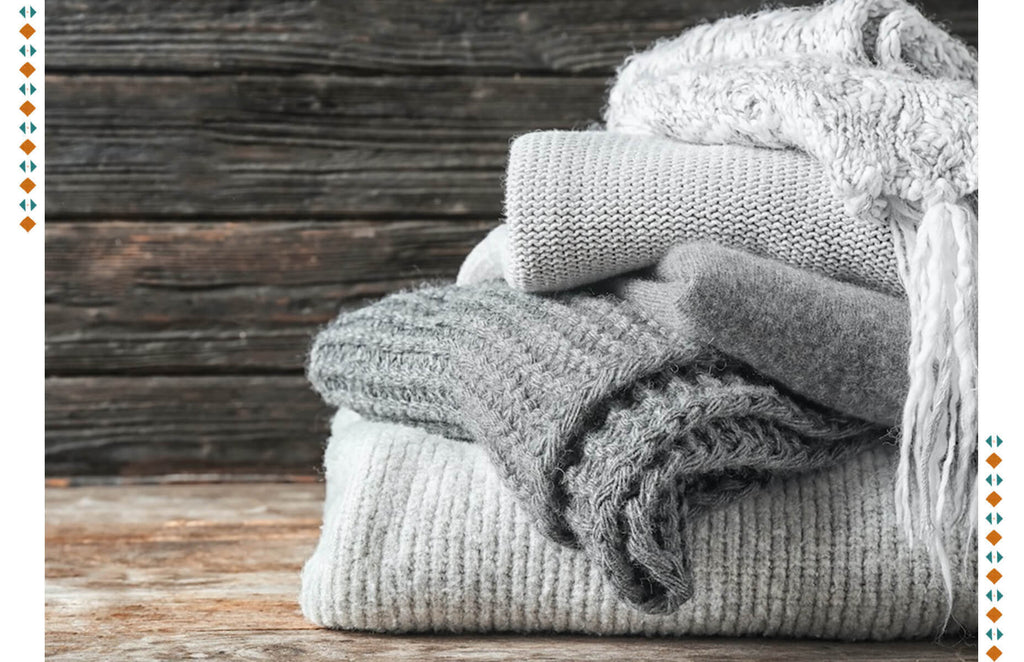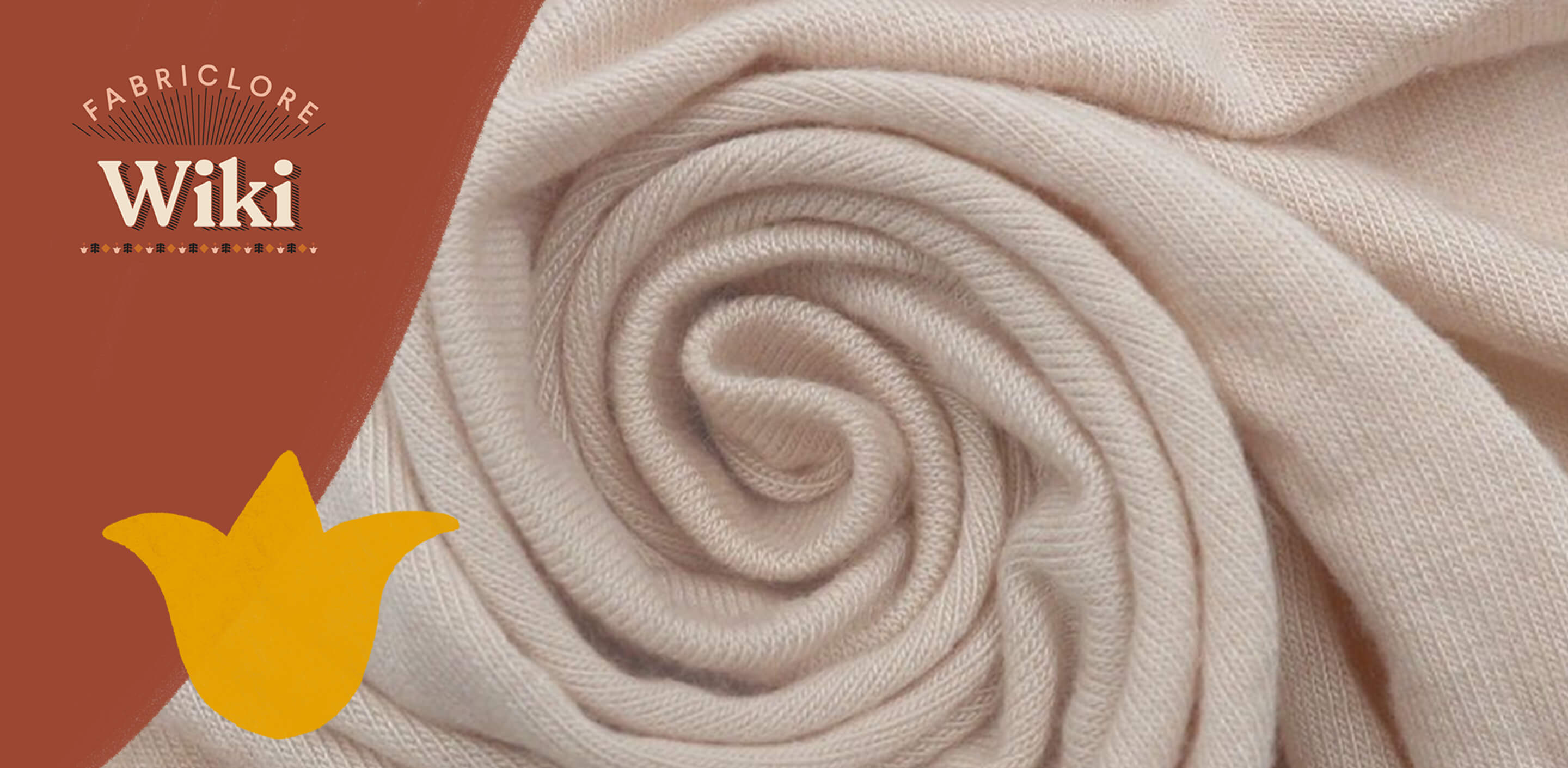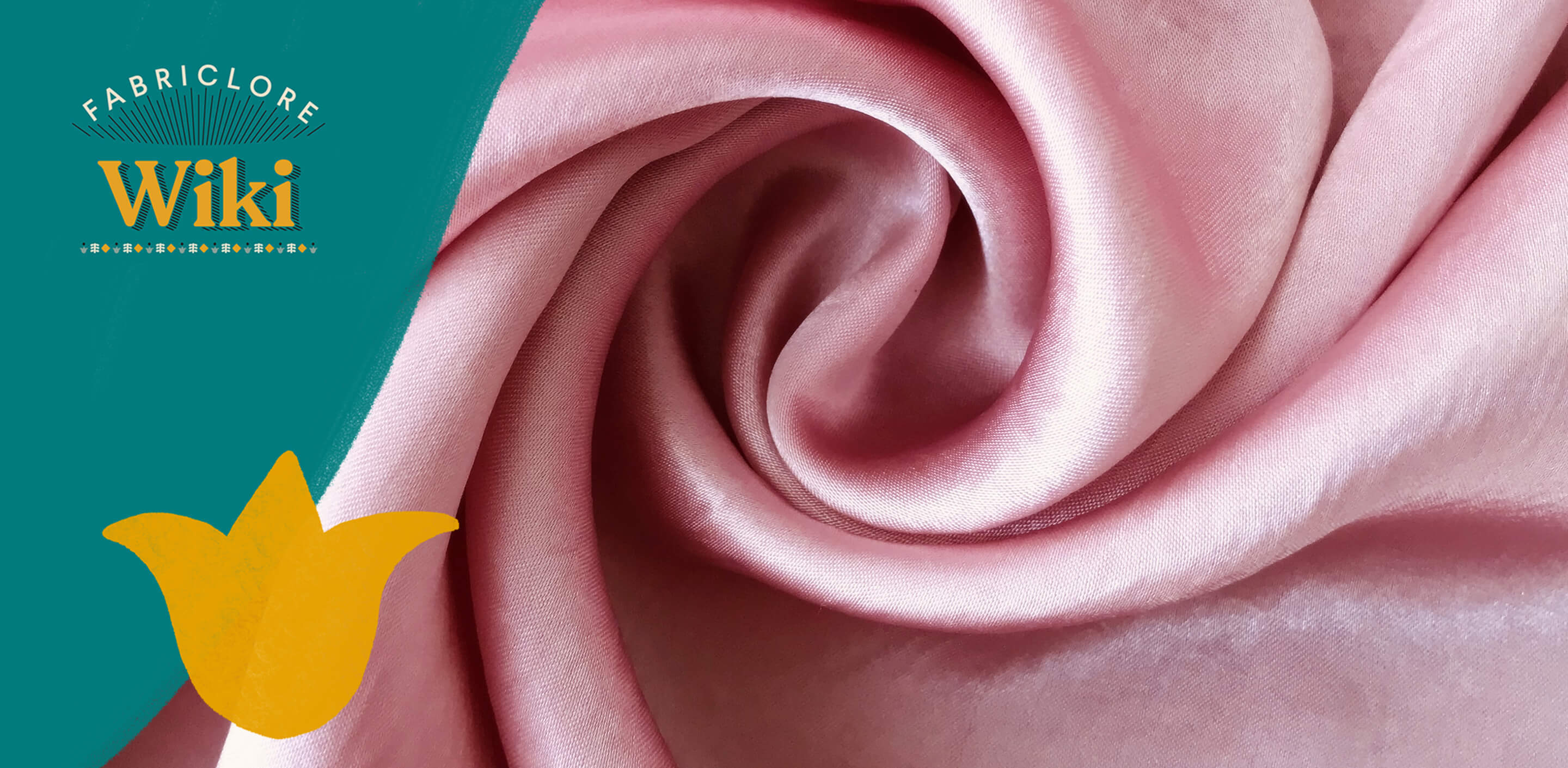What is Cable Knit Fabric?
- When a certain loop transfer process is used to make fabric, the result is a double-knit fabric called cable knit.
- The wales in the fabric have the appearance of a rope, and the plaits are created by transferring loops from adjacent wales to the wales being worked on.
- Because the loops cross over one another, the fabric has an interesting surface texture that looks like braids.
- Knitting machines and hand knitting needles can both be used to create cable knit.
- For those who want to try their hand at cable knitting, you'll need a specific needle known as a cable needle. While the other stitches are being rearranged, the stitches are moved to this needle so that they may be worked on.
- A stocking stitch is typically used to create a cable, and a purl stitch is typically used as the background. This creates an interesting contrast.
- Knitting with cables can be done in a wide variety of ways. For instance, the cables that run vertically down the piece of fabric can be made out of other cables. Also, the cables can have two, three, or four braids woven together to make either simple or complicated patterns.
- The Celtic Princess Braid is typically referred to as a five-cable braid, and this particular braid is extremely visually interesting.
- The Saxon braid is characterized by its six individual cable strands. Because it is so thick and wide, it is usually used as a decorative focal point in the middle of a design instead of as a part of the pattern, like cables are.
- Because of their width and complexity, cable assemblies with more than six wires are rarely used. A cable pattern in knitting looks like two vertical strips of knitting that have been twisted together.

History
- The art of knitting by hand first appeared in Ireland in the seventeenth century.
- Irish cable knit sweaters or Aarn sweaters are examples of hand-knit sweaters that are popular among fishermen. The Aarn Islands may be found to the west of Ireland, just off the coast of Galway Bay.
- According to reports from the year 1893, it seems that the only objects that might have been knitted at that time were socks that the women sewed for their families.
- The women of Aarn fishermen began knitting the first sweaters for their husbands around the year 1900.
- Some of the younger fishermen began wearing sweaters similar to those that their colleagues from Britain and Scotland wore.
- These islands were inhabited by individuals who earned their livelihood via activities like farming and fishing, both of which required prolonged exposure to wet and harsh weather.
- Wool sweaters made from untreated (undyed) yarn retain their natural lanolin oils, which provide a high degree of water repellency on the finished product.
- So, when someone wears one of these sweaters, they are protected from both rain and saltwater spray.

What Makes it Stand Out
|
Texture |
The fabric is very soft to the skin. |
|
Elasticity |
Cable knit fabric has a great amount of elasticity. |
|
Pattern |
It has an interesting surface pattern and can be created with various colors and yarns. |
Applications & Usage
Care Instructions
- Fold your knits and put them away in a drawer or on a shelf. Knitted items might lose their form and fit if they are hung for too long.
- You may either wash it by hand or put it through a mild cycle in your washing machine with other colors of the same kind.
- Avoid using strong cleaning products such as bleach, detergents, and spot removers. Instead, use a wool wash that is kind to the environment if you want to preserve the color and beauty of your items.
- If you want to hand wash your knits, soak them for five to ten minutes and then thoroughly rinse them. To remove any leftover water, wrap your knit in a clean towel and press it to absorb the water.
- Pull gently to form, then lay flat to dry. Do not wring the item out.
- It is possible for yarn to pull to develop while a garment is being worn as a result of the long yarn being caught on jewelry or another item. If this happens, the pull may be repaired by bringing the long yarn around to the back of the garment and tying it off. It is very important that you don't cut or pull on the tangled yarn in any way.
- When ironing, be sure you use the wool setting.

We also happen to be a magnet for suggestions, and would love to catch yours….throw us yours on hello@fabriclore.com





